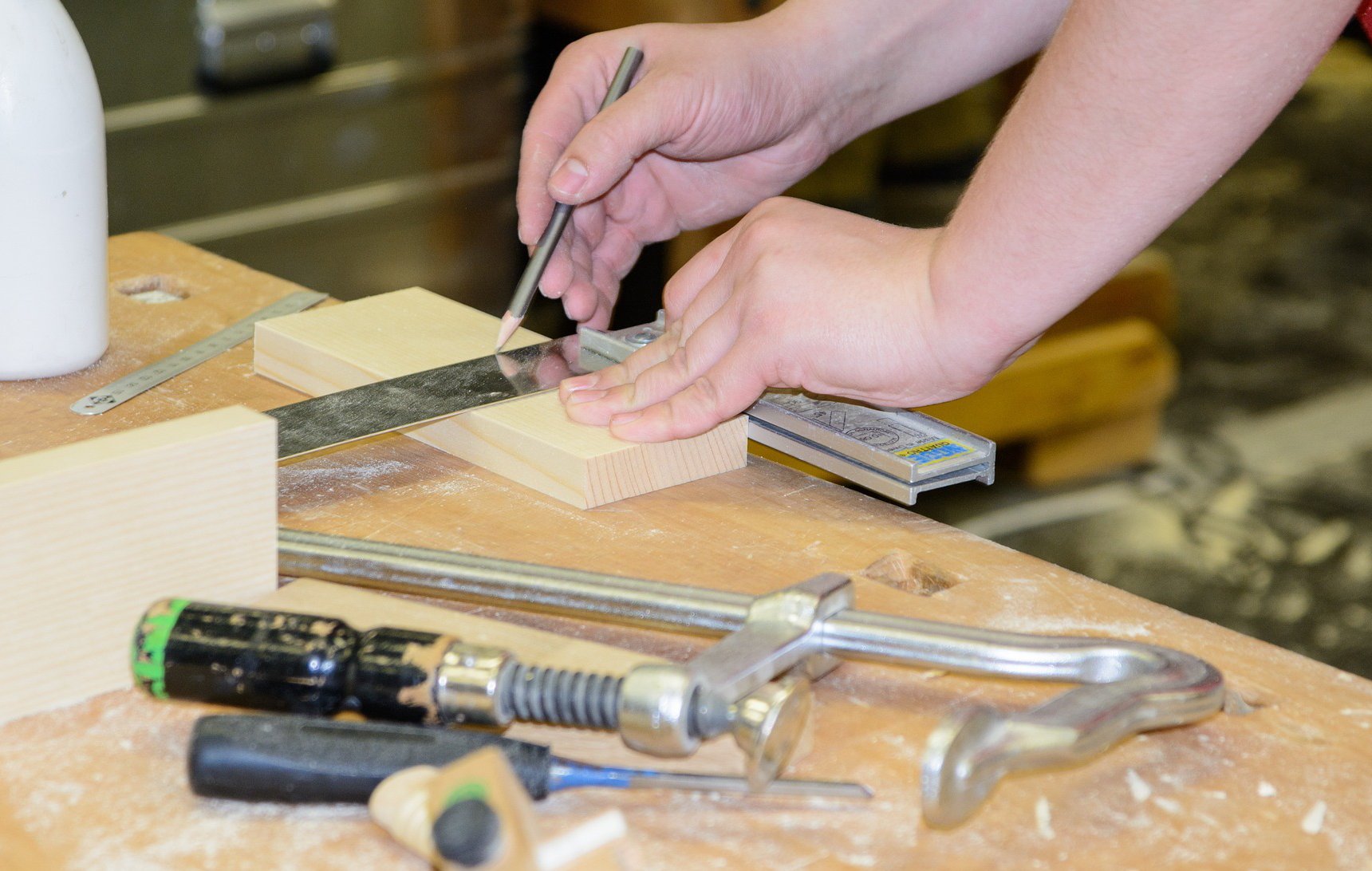The Dado Joint

What is a Dado Joint?
The dado joint is a very old woodworking joint that has been used for centuries in various forms, its simplicity and functionality make it a popular choice for woodworkers to use.
The dado joint, also known as a housing joint, is used to join two pieces of wood at a right angle, it’s created by cutting a groove, or dado, into one piece of wood, and then fitting another piece of wood into the groove. This creates a strong and stable connection between the two pieces of wood, making it suitable for a variety of woodworking projects.
Where a Dado Joint Works Best
A dado joint works best in applications where a strong and stable connection between two pieces of wood is needed. It is particularly useful in situations where weight or force will be applied to the joint, such as in furniture and cabinetry.
Here are a few examples of where a dado joint is commonly used:
- Shelving: Dado joints are used to join the sides of a cabinet or bookcase to the shelves providing a strong and stable connection that can support the weight of the items being stored on the shelves.
- Drawers: Dado joints are also used to join the sides of a drawer to the front and back, this joint provides a strong connection that can withstand the force of opening and closing the drawer.
- Wooden Boxes: Dado joints can be used to join the sides of a wooden box together that will be strong enough to withstand the weight of whatever is stored inside the box.
- Tables and Chairs: Use dado joints to join the legs of a table or chair to the aprons, using this joint provides a strong and stable connection that can withstand the weight of people sitting or using the table.
Dado Joint Advantages and Disadvantages
Advantages
- Increased strength and stability: Use a dado joint to create a strong mechanical bond between the two pieces of wood by creating a groove or trench in one piece that the other piece fits into. This creates a large surface area of contact between the two pieces, which distributes the load and prevents the joint from coming apart.
- Can be used to hide unsightly end grain: Dado joints can be used to hide the unsightly end grain of a piece of wood by fitting it into the groove or trench, this can be especially useful when working with plywood or other types of engineered wood that doesn’t have a visually pleasing end grain.
- Easy to repeat: Dado joints can be easily repeated, making it easy to create multiple identical joints quickly, this can be a big time saver for projects such as building a set of identical kitchen cabinets.
- Joining dissimilar materials: Use a dado joint to join different types of materials, such as wood and metal, which can add an interesting design element to your projects.
- Used for decorative purposes: Dado joints are great for decorative purposes, such as creating an interesting design element in a piece of furniture or cabinetry, you can use different widths and depths of dado joints to create different visual effects and add character to your woodworking project.
Disadvantages
- Limited adjustability: Once a dado joint is cut, it can be difficult to make adjustments to the fit of the joint and this can be a problem if the project needs to be modified or if the wood warps or shrinks over time.
- Must only use specific types of wood: Dado joints are not suitable for use with certain types of wood, such as thin or flexible boards, and if the joint is going to be exposed to moisture or humidity, it’s important to use a type of wood that can withstand those conditions.
- Requires specialized tools: A table saw is most commonly used to create a dado joint by adjusting the width of the blade and making multiple passes to create the groove or trench, a router can also be used to create a dado joint, but it requires a special dado cutting bit and the process can be more time-consuming.
Dado Joint Tools and Materials
To make a dado joint, you will need a good workbench to work off and a selection of tools and materials. These include:
- A table saw or a router
- A dado blade or a straight bit for the router
- Wood glue
- Clamps
- A ruler or measuring tape
- A pencil
- A hand saw
- Sandpaper
When choosing wood for your project, it is important to select a wood that is strong and stable. Some popular choices for dado joints include oak, maple, and cherry, but the choice is yours as any type of hardwood will work well for the dado joint.